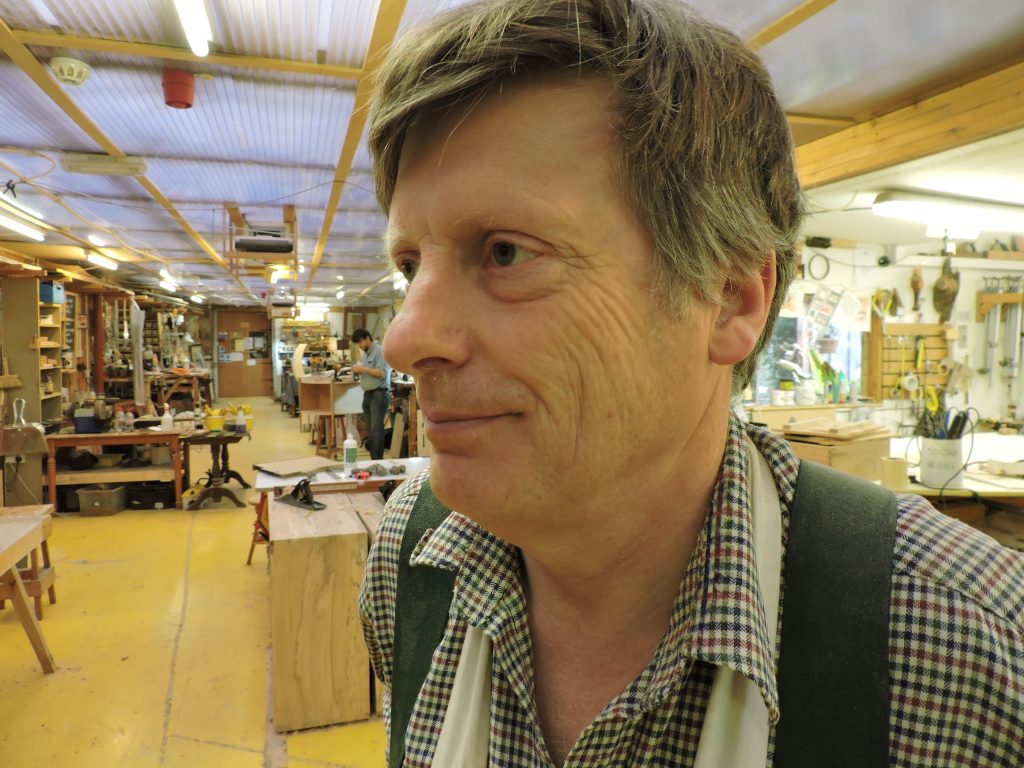Anselm Fraser, principal, Chippendale school
Our professional course is all about teaching students the skills they’ll need for a career in fine woodworking.
It’s a course that we’ve refined over the years, and an approach to teaching and learning that, we believe, can’t be bettered elsewhere.
But our professional course also recognises that, while we can teach our students everything about veneering or marquetry or the intricacies of steam-bending or dovetail joints, we can’t teach creativity.
Yet skill and creativity are the two elements that every woodworker needs if he or she is to be successful.
However, creativity is something that we absolutely believe can be nurtured because everybody is born creative. After all, one of the first things we do as small children is pick up a crayon or paintbrush.
It’s only as we get older and have to concentrate on more academic subjects, and then the practicalities of a job or career, that our creativity fades into the background.
Our professional course is all about rekindling that creative dynamism, from our regular visits to stately homes and museums to the international tutors we bring to the school.
But it’s also about being inspired by each other because, while we can teach our students practical skills, there is nothing better than collaborative learning.
At this stage in the course, we require each of our students to stand up and talk through the project they’re working on – the inspiration behind it, how they’re designing it, and the challenges they think they’ll face in its construction.
On one level it’s a communication challenge because it requires students to present their ideas clearly and concisely – in much the same way that they’ll have to make presentations to customers.
But it’s also a simple strategy that recognises that woodworking can’t simply be learned in lectures or from books. The very best teachers can often be other students.
Our daily stand-ups are therefore an opportunity for our students to comment on other students’ ideas, offer constructive criticism or provide their own ideas. In other words, it encourages students to see that they can learn from each other, and not simply rely on our tutors.
The Chippendale school is best placed to use peer-to-peer teaching and learning as we are an international school, with our students this year coming from Canada to Australia, and everywhere in between.
Our students therefore come from a variety of cultures, with different perspectives on what makes good furniture design. Everyone has opinions, and we encourage them to share those opinions.
In doing so, our students challenge each other’s designs and offer practical advice – important elements in rekindling creativity and finding new ways to discover inspiration.
